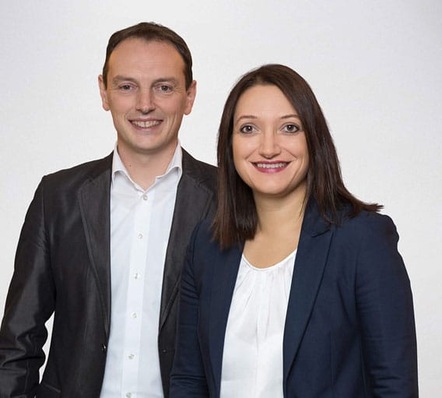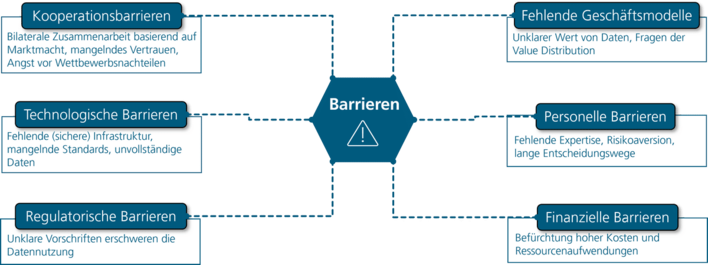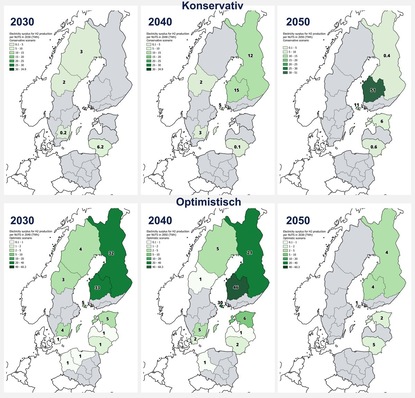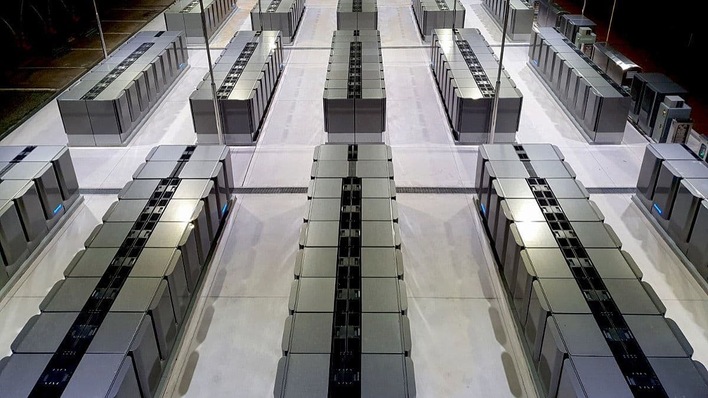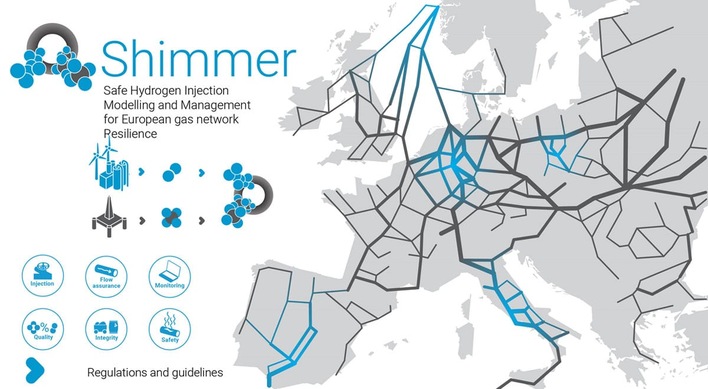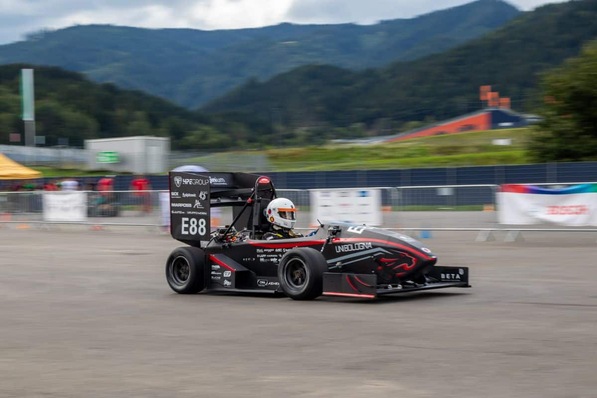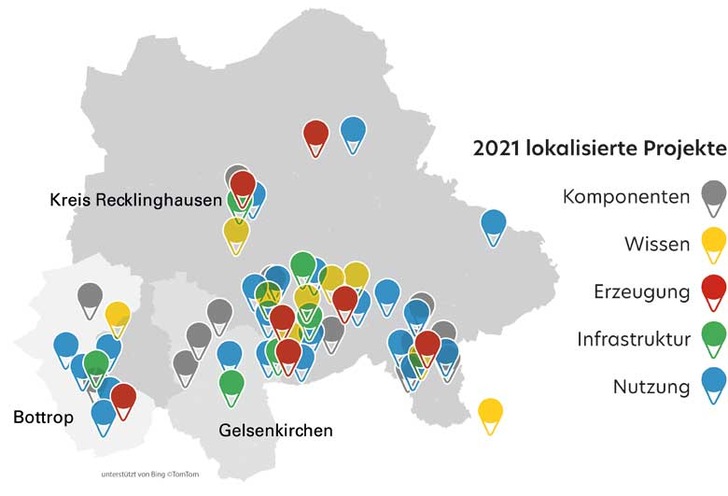
The economic restructuring in this former coal and steel region has motivated a local expansion of future-forward energy sources. Of particular benefit was the decades-long experience of chemical companies there in the industrial handling of hydrogen that could be built on. Some are now pioneers in H2 production and processing. For example, the hydrogen technology center in Herten, h2herten, has been focused on H2 applications since 2013. And Hydrogenics GmbH, a subsidiary of Cummins Inc., produces fuel cell systems in Herten that can be used in rail transport, buses and trucks as well as in stationary applications.
The region might also serve as a model for hydrogen mobility. The public H2 station in Ewald Colliery, Herten, that was erected in 2018 has been expanded to be able to fill larger FC commercial vehicles at 350 bar. The waste removal company Abfallentsorgungs-Gesellschaft Ruhrgebiet mbH (AGR) is currently implementing an ambitious project of building electrolyzers and an H2 station. This high-impact project will enable fleets to convert to regional hydrogen. Other waste removal businesses are planning to operate hydrogen vehicles. In 2023, Vestische Straßenbahnen GmbH will procure five fuel cell buses to be used in public transportation.
With the initiative GETH2, a nucleus for an H2 infrastructure from Northern to Central Germany will be realized. The first step is bringing green hydrogen to Marl and Gelsenkirchen, in the Emscher-Lippe Region. There are also other high-impact projects along the entire value chain, from generation, storage, transport and use, up to demonstrations.
This means that the economic restructuring following the closure of mines and coal-fired power plants is far from complete. Further measures to modify the existing economic and energy structures are needed. At the same time, the necessary climate protection requirements, which have increased, must be complied with.
Author: Dr. Uta Willim - Kreis Recklinghausen



